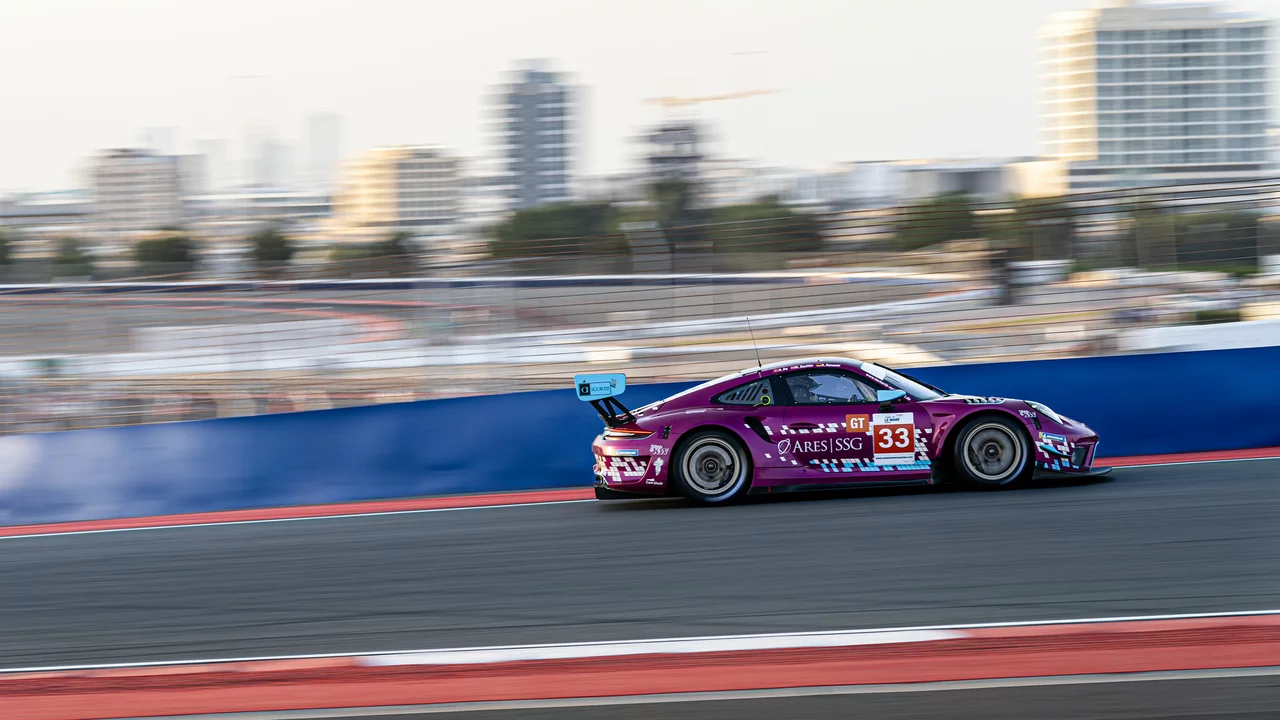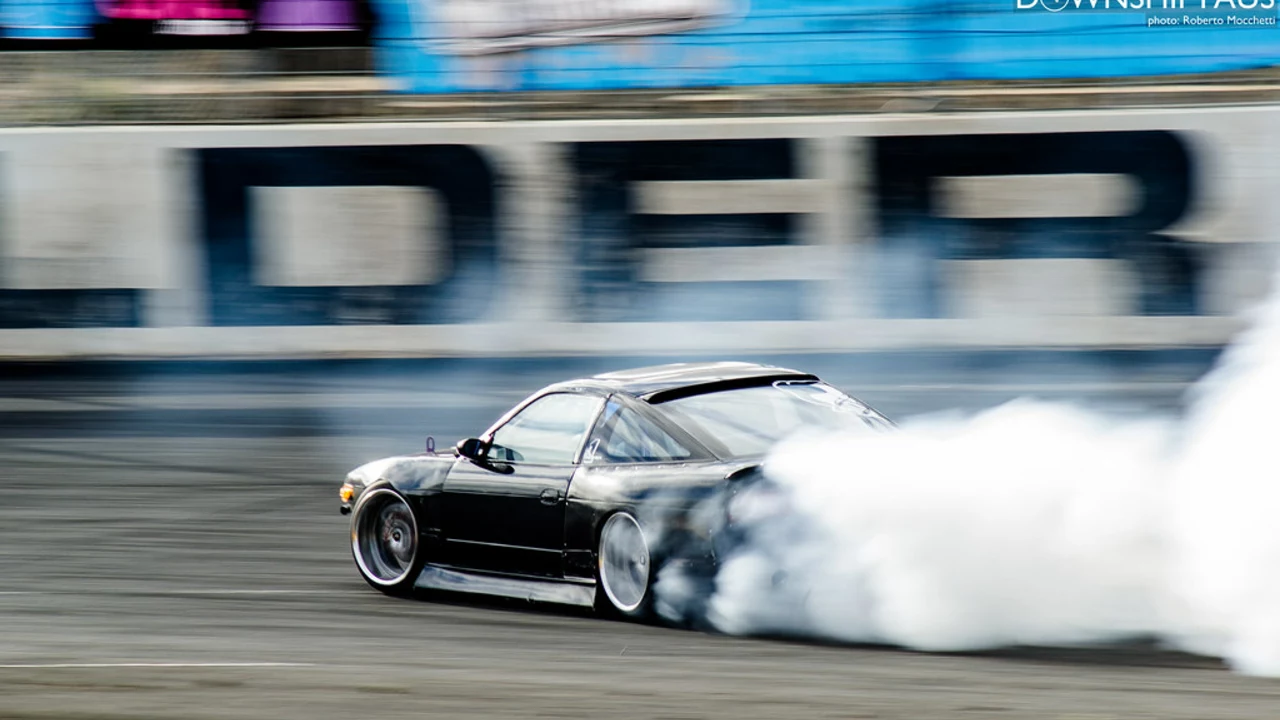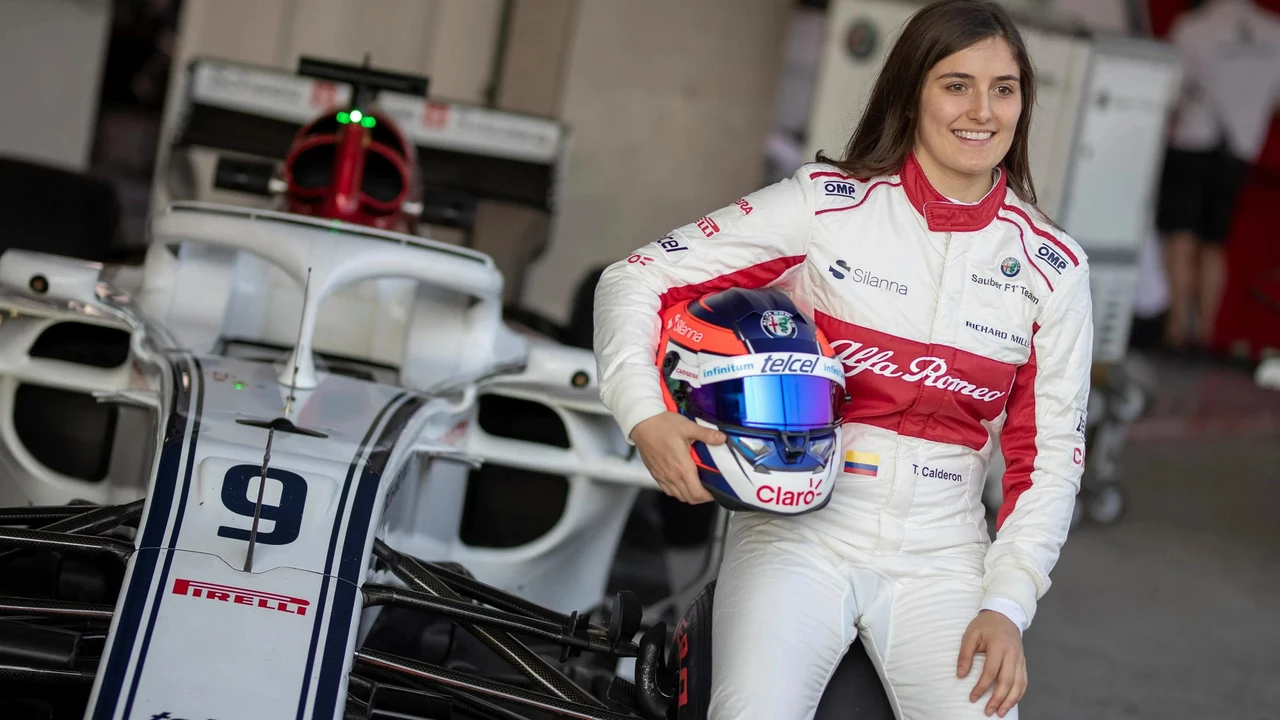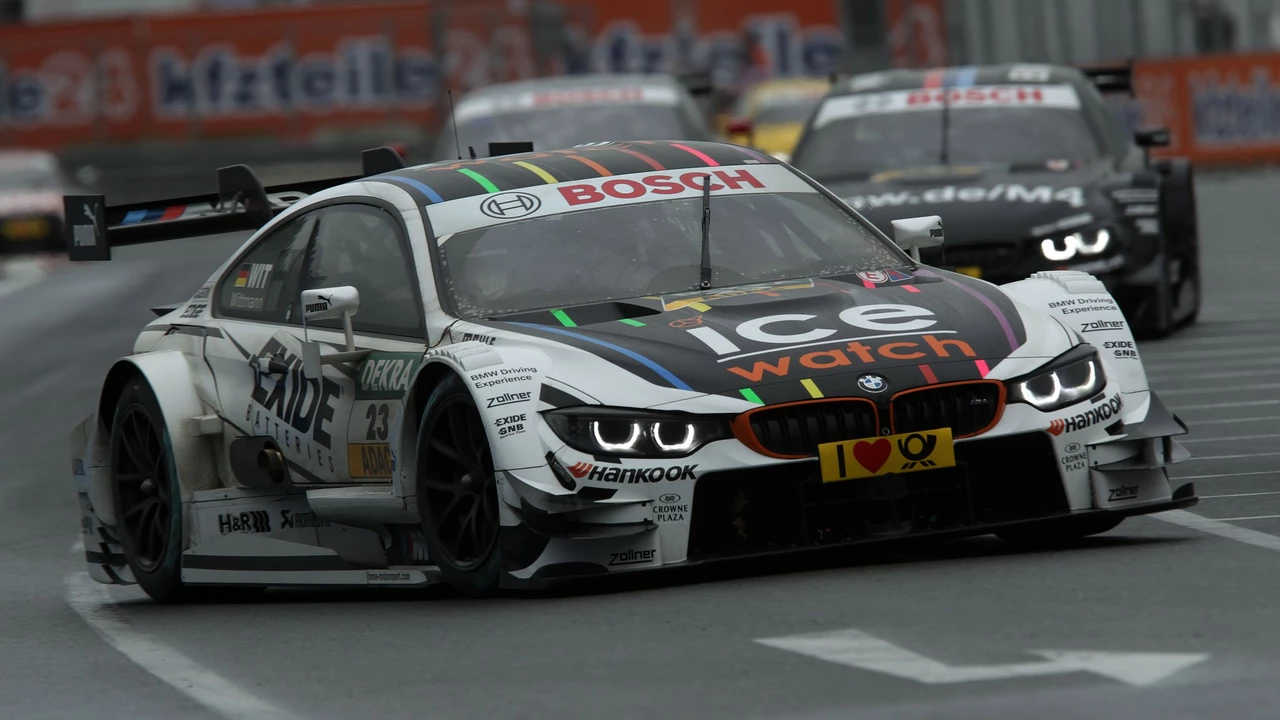July 2023 Motorsport Archive
When you think about Motorsport, the competitive sport of racing vehicles on circuits, streets, or off‑road terrain. Also known as motor racing, it brings together a range of disciplines that test speed, skill, and strategy. Within this world you’ll also encounter auto racing, the umbrella term for any organized vehicle competition, drifting, a style of driving that emphasizes controlled over‑steer and tire smoke, and the FIA International Competition License, the credential that lets drivers compete in officially sanctioned global events. All three shape the stories you’ll find in our July roundup.
What you’ll discover in this collection
First up, we break down the main flavors of auto racing. From the sleek, tech‑heavy world of Formula 1 to the high‑octane oval battles of NASCAR and the rugged, navigation‑focused realm of rally racing, each type offers a distinct mix of engineering, tactics, and fan culture. Knowing the differences helps you pick the series that matches your passion, whether you love smooth asphalt or powdery dirt tracks.
Next, we tackle the controversy around drifting. Some call it reckless, but the reality is that drivers need razor‑sharp car control, precise throttle modulation, and mental focus that rivals any traditional race discipline. We explain why drifting has grown into a global motorsport, how judges score style and execution, and what training regimes top drifters follow.
Getting an FIA International Competition License is another hot topic. The process may sound bureaucratic, but it follows a clear path: join a national automobile club, compete in domestic events, earn a national license, then hold that license for a year before applying for the international credential. We outline each step, highlight common pitfalls, and suggest resources to keep your paperwork on track.
Fans often wonder if race drivers count as athletes. The answer is a resounding yes. Drivers endure intense physical training to boost heart‑rate endurance, grip strength, and neck stability. Mentally, they train reaction time, decision‑making under pressure, and spatial awareness. We share examples of daily workout routines and the science behind why a driver’s fitness directly affects lap times.
Finally, we uncover why the top starting spot is called “pole position.” The term dates back to early horse‑drawn carriage races that started beside a pole on the track. When motor racing emerged, the phrase stuck and now denotes the fastest qualifier who enjoys a clear track ahead at the green flag. Understanding the legacy adds a layer of appreciation the next time you watch a qualifying session.
All these pieces come together to give you a well‑rounded view of motorsport as it unfolded in July 2023. Below you’ll find the full articles that dive deeper into each subject, offering practical tips, behind‑the‑scenes stories, and clear explanations that anyone interested in speed can use.
- July 30, 2023
- Comments 0
- Motorsports
What are the different types of auto racing?
- July 26, 2023
- Comments 0
- Motorsport Opinion and Discussion
Is drifting a stupid motorsport?
- July 23, 2023
- Comments 0
- Motorsports and Racing
How to get an FIA International Competition License?
- July 18, 2023
- Comments 0
- Motorsport Discussion
I'm a huge motorsport fan. Are race drivers athletes?
- July 11, 2023
- Comments 0
- Motorsports History




